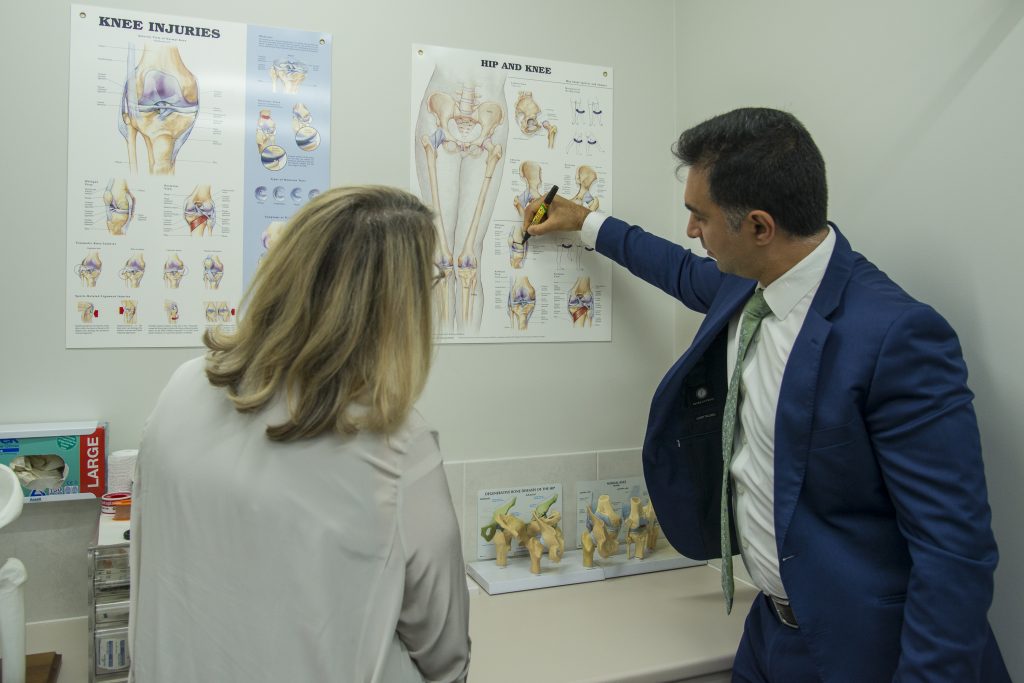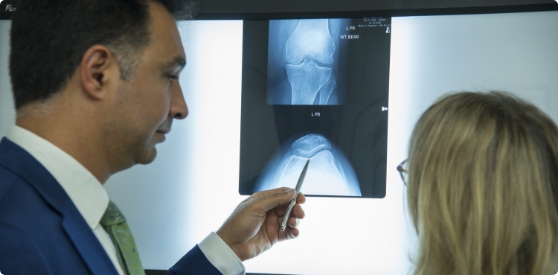Patellofemoral Joint Instability Conditions
What is a Patellofemoral Joint Instability
The knee can be divided into three compartments: patellofemoral, medial and lateral compartment. The patellofemoral compartment is the compartment in the front of the knee between the knee cap (patella) and thigh bone (femur). The medial compartment is the area on the inside portion of the knee, and the lateral compartment is the area on the outside portion of the knee joint. Patellofemoral instability means that the patella moves out of its normal pattern of alignment. This malalignment can damage the underlying soft structures such as muscles and ligaments that hold the knee in place.
Causes
Patellofemoral instability can be caused because of variations in the shape of the patella or its trochlear groove as the knee bends and straightens. Normally, the patella moves up and down within the trochlear groove when the knee is bent or straightened. Patellofemoral instability occurs when the patella moves either partially (subluxation) or completely (dislocation) out of the trochlear groove.
A combination of factors can cause this abnormal tracking and include the following:
- Anatomical defect- Flat feet or fallen arches and congenital abnormalities in the shape of the patella bone can cause misalignment of the knee joint.
- Abnormal Q angle-The high Q angle (angle between the hips and knees) often results in mal tracking of the patella such as in patients with knock knees.
- Patellofemoral arthritis- Patellofemoral arthritis occurs when there is a loss of the articular cartilage on the back of the kneecap. This can eventually lead to abnormal tracking of the patella.
- Improper muscle balance- Weak quadriceps (anterior thigh muscles) can lead to abnormal tracking of the patella, causing it subluxate or dislocate.
- A bow- legged knee deformity.

Book an Appointment Today!

Symptoms
Patellofemoral instability causes pain when standing up from a sitting position and a feeling that the knee may buckle or give way. When the kneecap slips partially or completely it may cause severe pain, swelling, bruising, numbness and nerve injury, visible deformity and loss of knee function.
Diagnosis
Dr Khatib evaluates the source of patellofemoral instability based on your medical history and physical examination. Other diagnostic tests such as X-rays, MRI and CT scan may be done to determine the cause of your knee pain and to rule out other conditions.
Patellofemoral Joint Instability Treatments
View the treatments for Patellofemoral Joint Instability
